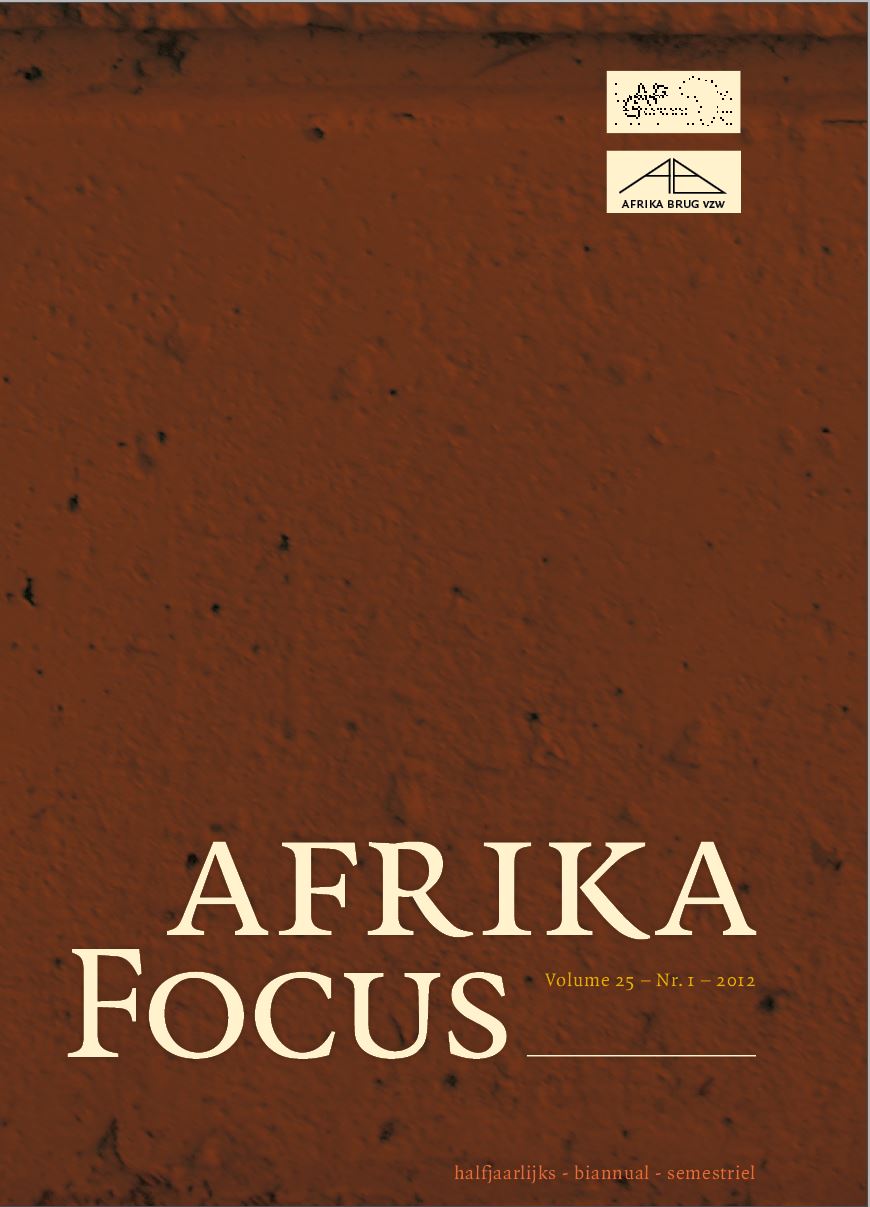Building the Rainbow Nation. A critical analysis of the role of architecture in materializing a post-apartheid South African identity
DOI:
https://doi.org/10.21825/af.v25i1.4960Abstract
Soon after apartheid was abolished in 1994, the quest for a new, ‘authentic’ South African identity resulted in the emergence of the "Rainbow Nation" idea, picturing an equal, multicultural and reconciled society. As architecture is considered a crucial element in the promotion of this Rainbow identity, the country witnessed a remarkable "building boom" with its apogee roughly between 1998 and 2010. Huge investments have been made in state-driven projects which place the apartheid memory at the center of the architectural debate – mostly museums and memorials. However, the focus of this paper shall lie on another, less highlighted tendency in current architectural practice. This paper demonstrates that, through the construction of urban community services, South African architects attempt to materialize the Rainbow Nation in a way that might be closer to the everyday reality of society. Key words: architecture, post apartheid, Cape Town, South Africa, identityDownloads
Published
How to Cite
Issue
Section
License
Authors who publish with this journal agree to the following terms
Authors retain copyright and grant the journal right of first publication with the work simultaneously licensed under a Creative Commons Attribution License that allows others to share the work with an acknowledgement of the work's authorship and initial publication in this journal.
Authors are able to enter into separate, additional contractual arrangements for the non-exclusive distribution of the journal's published version of the work (e.g., post it to an institutional repository or publish it in a book), with an acknowledgement of its initial publication in this journal.
Authors are permitted and encouraged to post their work online (e.g., in institutional repositories or on their website) prior to and during the submission process, as it can lead to productive exchanges, as well as earlier and greater citation of published work (See The Effect of Open Access).


